NHRA'S FACTORY EXPERIMENTAL PROGRAM MOVING INTO SECOND PHASE
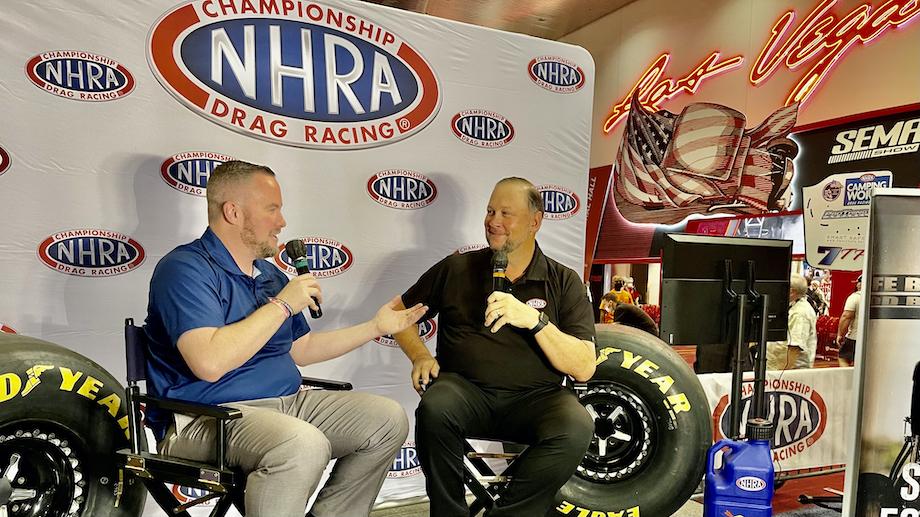
The second phase of the NHRA's Factory Experimental presentation, now referred to as Factory X, is apparently in full swing. On November 8, 2021, the first came when NHRA officially revealed Factory X presented by Holley as an official exhibition category.
The second has been on the down-low with multiple chassis builders already at work building new cars for the exhibition division that some say will eventually be a test run for an NHRA Pro Stock transformation.
Currently, chassis builders are awaiting "body kits" from the respective manufacturer to get chassis construction in full swing. These kits will feature body panels that will not be allowed any modification.
"The steel components that are stated in the ruleset are referred to as the door apertures," explained NHRA's National Tech Director Lonnie Grim, the driving force behind NHRA's Factory X project. "This involves the A-pillar, the roof, and quarter panels. Most of the builders may find that there is a little steel panel that goes below the back window that ties the quarter panels together in these body styles. It may be just as easy to utilize that factory panel as it would be to build something different."
For those who have lamented NHRA Pro Stock abandoning its staple steel roof and quarters rules cornerstone, the new body kits will not allow for any modifications to this body. It's as close to the steel roof and quarters concept as can be attained.
"Take, for instance, with the Camaro, the rocker panel is actually a plastic cover over the rocker, but in the other two body styles, they're a steel rocker panel," Grim explained. "By utilizing the stock dimensional, a guy can start in Factory X, can take a body in white, whittle the floorboard, sub-structure, and firewall out of it, and that just has the skin left of the body.
"Sometimes, some people may think that it's quicker to do it that way. Some builders may prefer to do it that way instead of assembling a body as a panel kit. Nonetheless, at the end of the day, we have all the measurements to hold them to stock dimensions. It'll be a very small plus or minus. The bottom line, all the cars will look very similar if you've got a Camaro or Mustang or a Challenger."
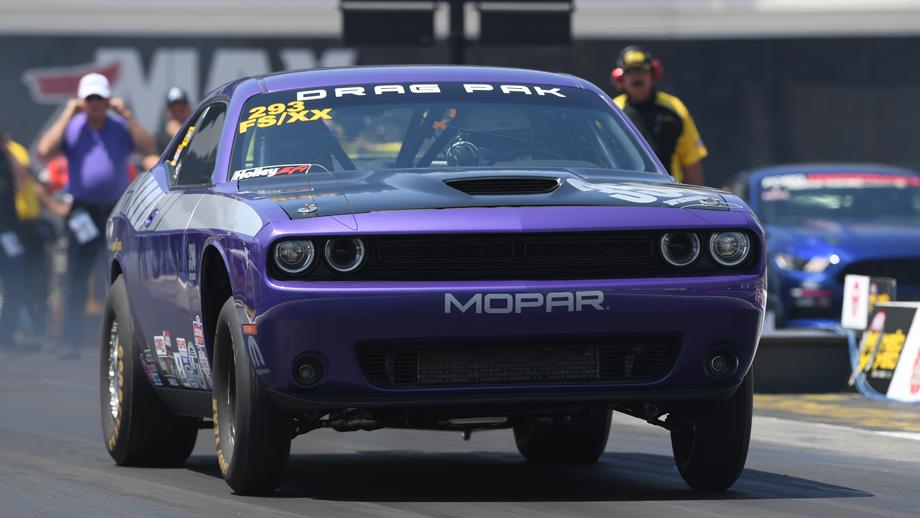
In 2000, NHRA adopted the one-piece body concept in Pro Stock after the late 1990s brought about different interpretations of the rules for what were acceptable modifications. There could be as many as three different interpretations of what a single body style could be at one time.
"Around about 1997 through 1999, assembling it brought in the fourth-gen Camaro, and those were composite roof panels with steel quarter panels. There were a lot of things that went on back then," Grim confirmed. "The wheelbase was what it was. But the body template's different things, and many of the builders were involved, but they very much, to make a fourth-gen Camaro work, you moved the rear end around. So basically, you positioned the body on the chassis a little bit differently.
"You did everything you could to massage or maneuver the quarter panel over the wheel area to have room for the wheel tub. Those cars had to run, at the time, I think we were 16 wide for the tire, but they had to run a wheel with a little bit of backspace to set the tire up underneath it. So as we move into Factory X, none of that is allowed. It stays 100% stock dimensional."
NHRA's plan to police parity appears to be focused more on the respective engine programs than that of the bodies, which will adhere to a template.
"There are ways for parity," Grim said. "It's not your normal Pro Stock, naturally aspirated; everybody's only got a small window to conform to. In the supercharged application, we have several ways to make parity. The intent is to have 2,650 as the weight across the board for all three or more brands, but currently, that's three. But they'll all be at 2,650."
Did Grim say three or more manufacturers? Yes, you read that statement correctly.
"We'll say this," Grim explained. "There is an open invitation to other manufacturers, whether it be a Kia, Honda, Toyota, whoever it may would be. This goes back to the old years of manufacturers used to be, and currently are held to build 50 cars or more to have a car as part of a class. In Factory X, the OEM only has to decide that they want to build one. They can pick the body style, they can pick the engine combination, and then from there, somebody goes to work on it to make it competitive within the category."
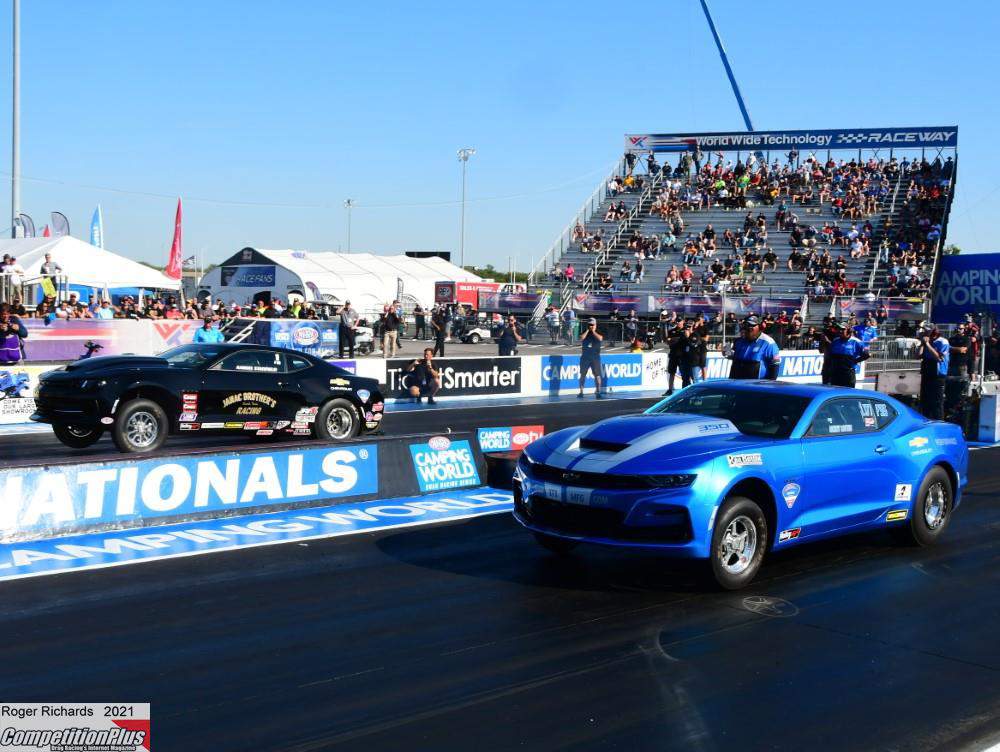
The one requirement is the cars must have a V-8 engine platform, of which all three have had a V-8 in production, primarily for SUV and truck models.
The Chrysler program has been the most efficient at making the body kits available and reportedly has already delivered as many as four as of this publishing deadline.
"I know four of the Mopar kits that have already been delivered, three of which cars, tubing is in the jig," Grim said. "So obviously, there are some directions they can move forward now, with the rule set at hand. We have recently updated that rule set, hope to release it back first of the week. Nothing major is changed there. We are just naming some engine location rules, some crankshaft centerline heights for all the manufacturers. It calls out a couple of loose ends that were in the rule set. It's a work in progress. No significant changes, just some addendums to clean up some areas that we needed to be more specific."
Chevrolet and Ford are reportedly close to finalizing their body kits. Grim told CompetitionPlus.com that a body kit is not a prerequisite for building a Factory X car.
"Currently, all three bodies are available," Grim confirmed. "Some of the OEMs, currently you order the two-door apertures, the roof panel, the quarter panels, the rocker panels, and you order them just as separate pieces. They can all be ordered through your local dealer, Chevy, Dodge, or Ford."
At this point in the game, piecemeal might be the best option.
"The OEMS are working feverishly to try to get a part number listed for the body package," Grim confirmed.
Until the first body kit offerings come around, the first FX cars will likely hit the arena as either converted Factory Stock Showdown cars or bodies obtained through other means. The weight factor will make some weight for the official factory kits.
Jerry Bickel, a former Pro Stock chassis builder, who abandoned the platform to concentrate on Pro Modified, has already thrown his hat in the ring. He confirmed that he's building a Mustang for Factory Stock Showdown stalwart Chris Holbrook. He is awaiting the body kit from Ford before he can fully engage in construction.
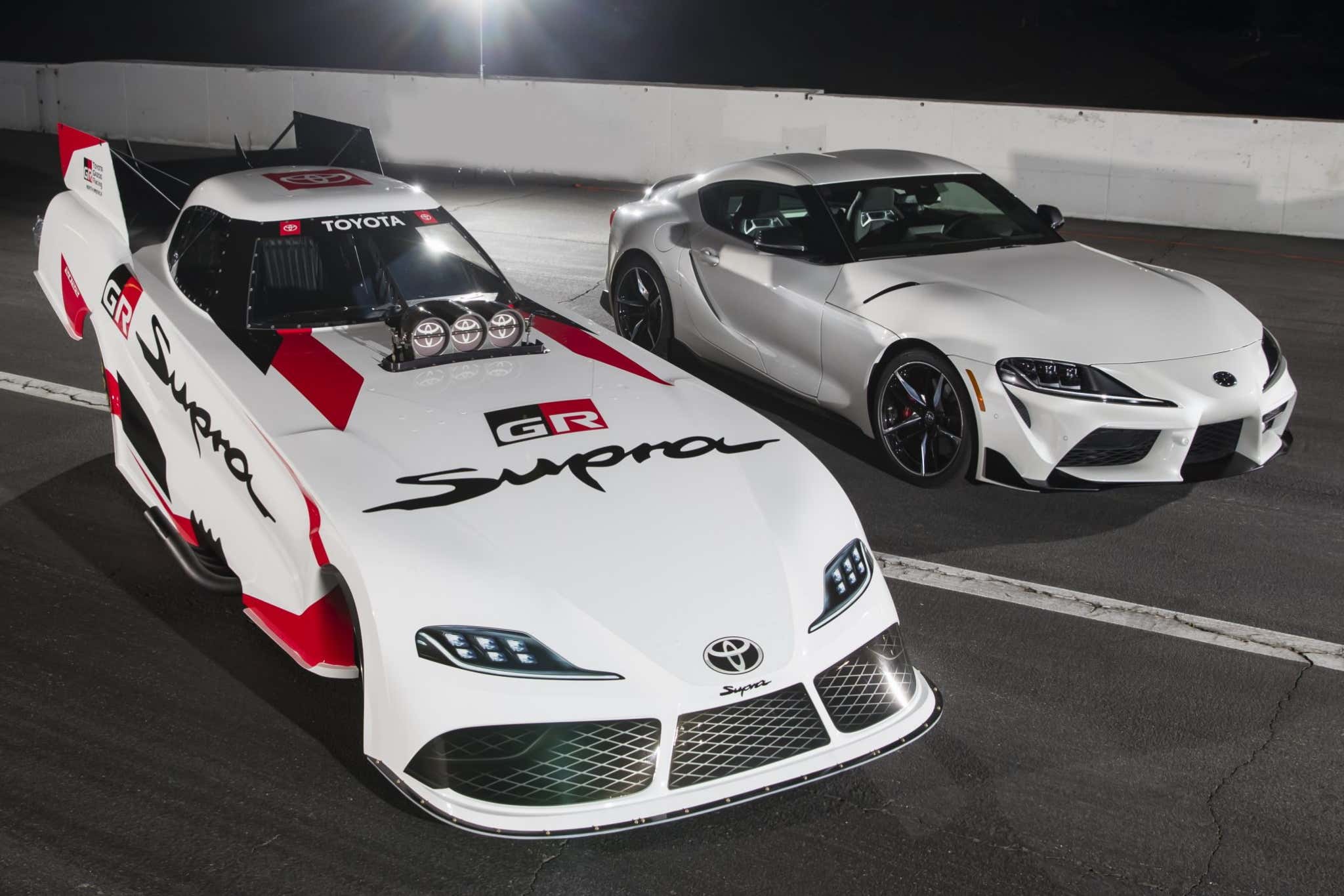
Bickel plans to make building Factory X cars a staple of his Jerry Bickel Race Cars business.
"When I left building Pro Stockers, I brought technology and approach into Pro Modified to improve the class," said Bickel. "I'm not leaving Pro Modified, but I am bringing the technological advances we learned in building fast doorslammers into Factory X."
Bickel was a Pro Stock chassis builder when the bodies were being altered and applauds the NHRA for doing their due diligence to ensure Factory X doesn't head down to the same slippery slope.
"If you don't get it started right, it's going to be a problem," Bickel counseled. "And our goal is, it might take a little longer to get this class rolling, but we won't have the problems that can develop from not doing it right."
Bickel remains focused on keeping the price tag in check when building the Factory X chassis.
"Keeping them affordable and keeping them all evenly balanced as far as aerodynamics is paramount," Bickel said. "But we have to get the body kits really before we can really do anything."
Reportedly, CompetititionPlus.com has learned of a handful of current Pro Stock racers/team owners who have shown interest in Factory Experimental.
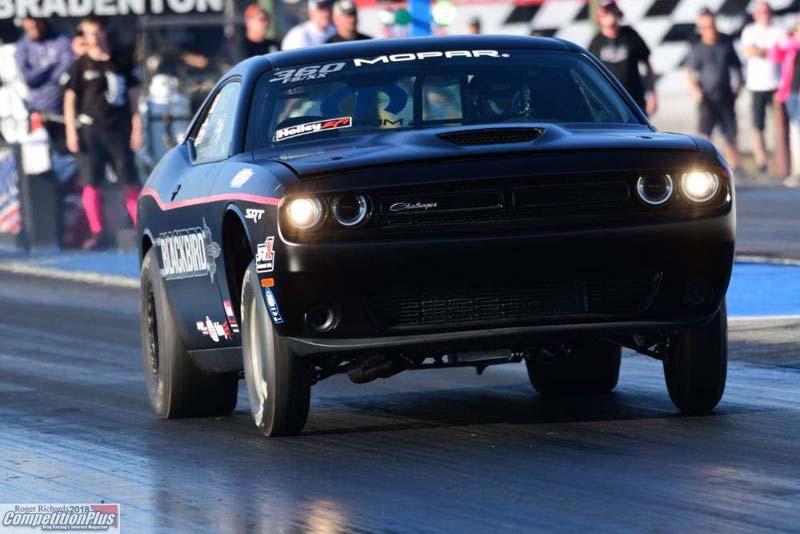
For Grim, the plan is to keep the costs in check from the onset.
"The deal is, is that once you look over the rule set, you truly do realize that a lot of the high technology, a lot of the very expensive, for instance, suspension parts, most notably suspension packages, all of that stuff has been toned down at a very affordable level," Grim explained. "It plainly states in the rules there are many areas of this car that you can't get carried away with. And that "carried away with" wording is what would concern some people.
"I think that if you start in on the ground floor of this class, those [NHRA Pro Stock] guys are not going to be ahead. In fact, their whole mindset is towards the 500 cubic inch, naturally aspirated deal. The supercharged engine is a completely different animal."
Grim said the Factory X project has revived automobile manufacturer interest in drag racing. Time will tell if that interest ever equals the 1960s Super Stock era.
"This has been ongoing - six months in the making, and when those conversations started, the manufacturers were like, 'Oh yeah, that sounds kind of nice. That's a pretty good idea," Grim said. "Then, as this thing has ramped on and ramped up, and finally the release of such a class, the OEMs became more active than they've ever been. So the NHRA went through a spell where the OEMs were involved, and we appreciate their support, but they didn't ring NHRA's phone too much. We were doing everything we could for them; they were helping us out in different areas.
"Nonetheless, it was a relationship that could use some re-energizing. I think that we've managed that. We talk to those guys; I would say weekly or biweekly right now.
Grim said his department knows that at least two Factory X cars exist already.
"One is 25.3 [SFI chassis spec]. The other one is 25.1 that are specific-built back half cars," Grim said. "That one is currently a tube chassis; it just has an all-steel body on it. And that's a car that actually was built by Jerry Bickel. And so that car is soon to have a Factory Showdown engine and a five-speed and ready to go test, even though it will fit the class, it'll just outweigh the class."
Grim said the initial Factory X cars would run under the A/FX classification in Competition Eliminator.
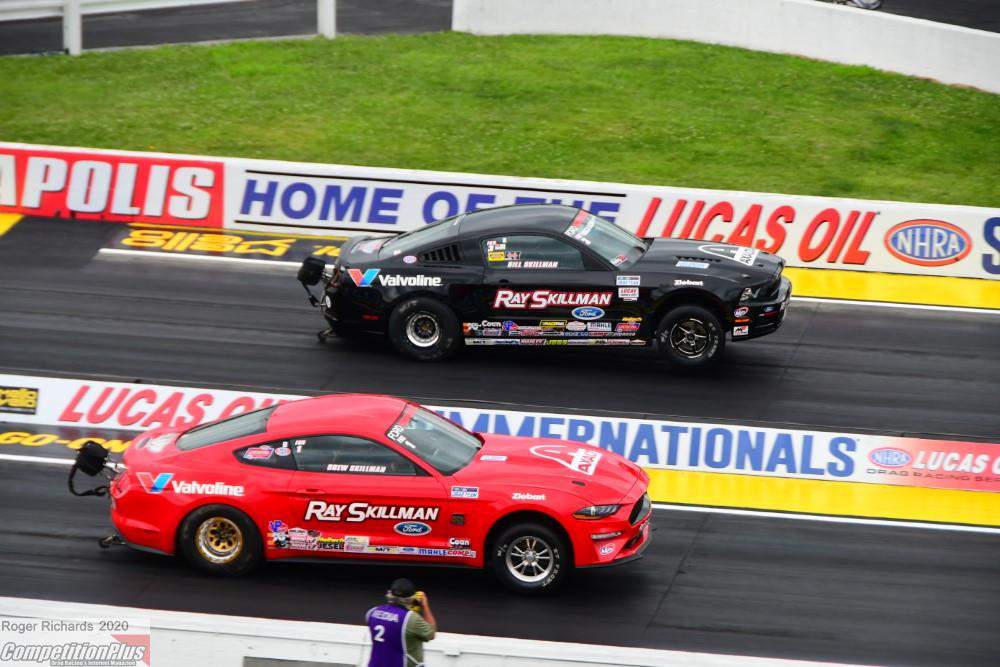
"There's a couple of fifth gen back half Super Stock style cars. If they just put the drive train in, they could go test," Grim said. "They're pretty much going to meet the Factory X rules. We know of two cars that are that way.
Therein lies the rub. If these cars do not have the FX SFI chassis spec, they will be limited to 7.50 or slower. This is the same issue that put FSS up against a performance wall.
Factory Stock Showdown cars are eligible for the Factory X division, but to run unlimited, must convert the chassis. "
My major concern on the bodies is that we want them stock dimensional," Grim said. "They're referred to as the '20 Camaro, the '21 Challenger, the '19 Mustang Cobra Jet. And so we want the bodies all stock dimensional in the steel components.
"If a guy has an all-steel body, that's perfectly fine, and you'll still fit the rules. Maybe he may exceed 2,650, but still yet, as far as the rule set, he's welcome to come race and test and whatever. We are working diligently to get to a spot where we know that all the products will be the same in the carbon, in the composite parts of the car.
"Doors are available from a lot of manufacturers right now, carbon doors, composite doors that are direct replacement for the factory door. So we don't believe there's problem in doors. We don't believe there's problem in deck clearance, rear bumpers, and front clips. The front clips, I can say we got four composite companies working on who is going to pull the trigger to build the front ends, but our hope is that somebody gets there pretty quick because we do have customers that are wanting to order."
Grim estimates the first of the Factory X exhibitions will likely come as early as mid-2022 with the first two cars. By the U.S. Nationals, he anticipates four of the Factory X cars will hit the track.
Grim said he's as excited as he can be about the new project moving forward.
"I just think this is something that will continue to grow for a long time, and it has a very bright future. It has a lot of excitement. I get a lot of phone calls throughout the week, guys asking different questions about the class. We are updating that work in progress rule set as quickly as possible, and this next series of updates that'll come out next week as we'll really let the builders know what they're working towards as far as crankshaft centerline heights and wheelbase, back of engine location from rear axle centerline. Once they have those measurements, they can roll on because the crankshaft height that has been it selected will obviously set the engine in engine bay where the factory style of air intake tube will work." The next phase will be getting one of these new Factory Hot Rods on the track, a moment Grim eagerly awaits.









































